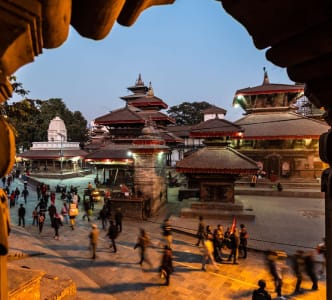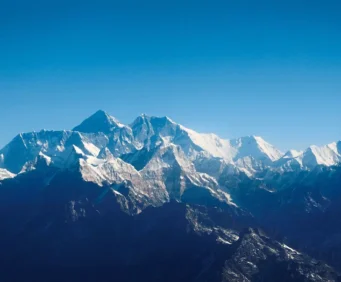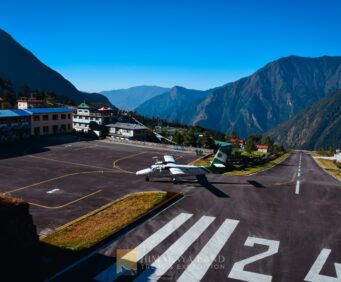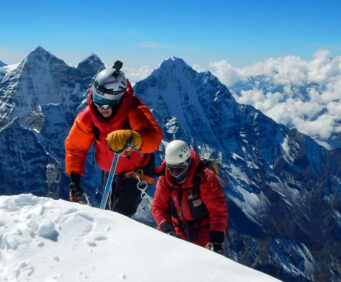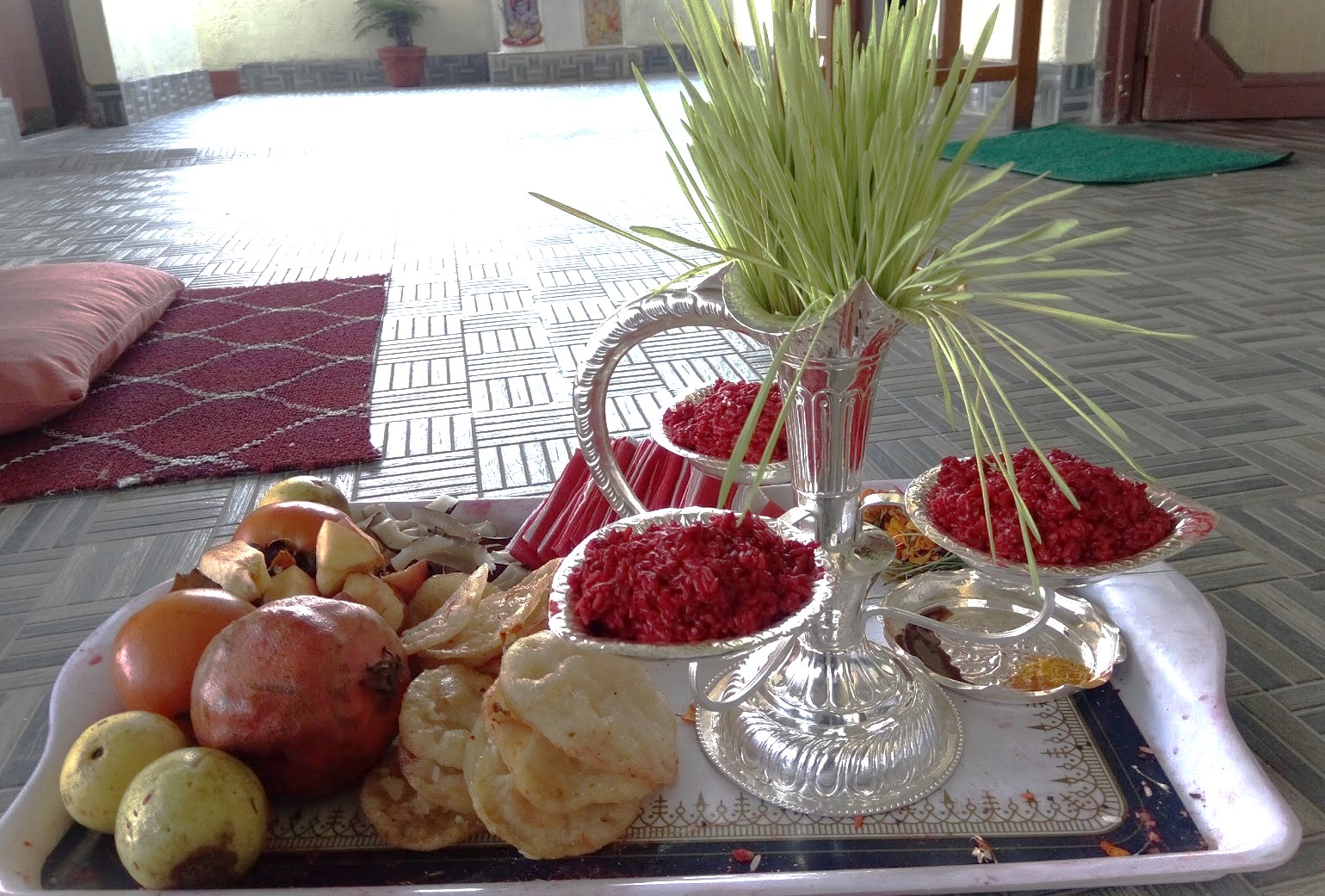
The 12 Major Festivals in Nepal
8th October, 2023 - Posted By: Himalayan AbodeLocal festivals have become major festivals in Nepal because of the over 125 different ethnic groups and 123 different languages that all coexist peacefully there. This is true since each ethnic group has unique holidays and celebrations, which are now observed nationally.
The Nepali festivals listed below are some of the most well-known and should not be missed by visitors to Nepal while they are there at the appropriate time. Please be aware that Nepal uses the lunar calendar, often known as the Bikram Sambat (BS), instead of the Gregorian calendar; at the moment, Nepal is in the year 207 BS. As a result, the dates for each event change annually.
The 12 Major Festivals In Nepal
Dashain Festival
Dashain is the first festival that any Nepali thinks of when discussing national holidays. One of the most well-known festivals in Nepal is Dashain. Which is observed for 10 days overall but is only officially observed for 5 days.
Although the Dashain Festival is observed for ten days, the main festivities begin on the sixth day. The Durga Pooja holiday, which is well-known in India and other Hindu-populated places, is another name for this holiday, which is mostly celebrated by the goddess Durga.
The Dashain Festival or Durga Pooja has its own history and legends, but the major goals of the festival are good triumphing over evil, the truth over falsehood, and the Gods over demons. As Durga is revered as a courageous, mighty, and ever-loving goddess, she is worshiped throughout the festival at every temple and home. So, Dashain is the major Festival of Nepal.
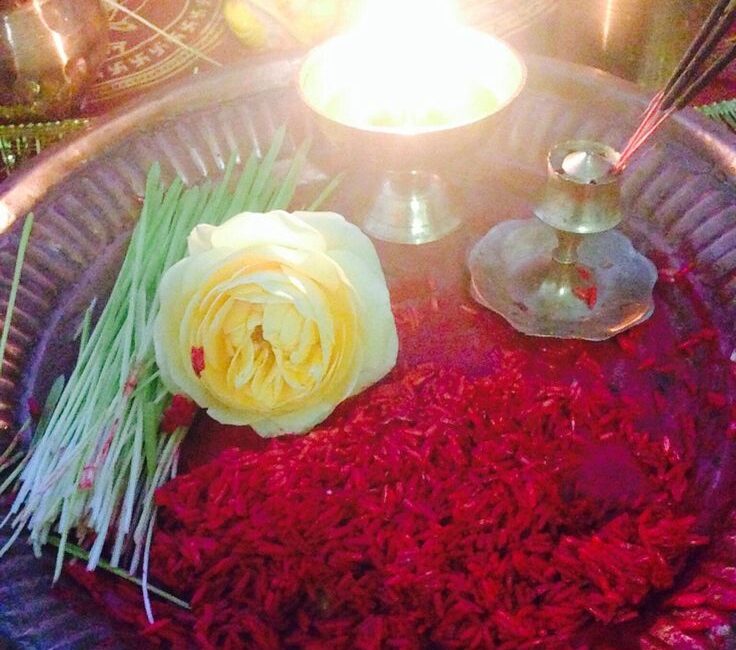
In Nepal, people sacrifice animals in their homes and temples, and the blood is spilled on goddess idols to appease them (there is a mythical story associated with animal sacrifice).
On the last day of the Dashain celebration, people seek blessings from elders, parents, and relatives while wearing tika, a decoration consisting primarily of rice, curd, and red powder that represents strength, bravery, protection, and devotion.
From the sixth day to the ninth day, the entire family comes together. After that, they travel to the homes of their relatives and in-laws to receive blessings. Which lasts for an additional several days.
Tihar Festival
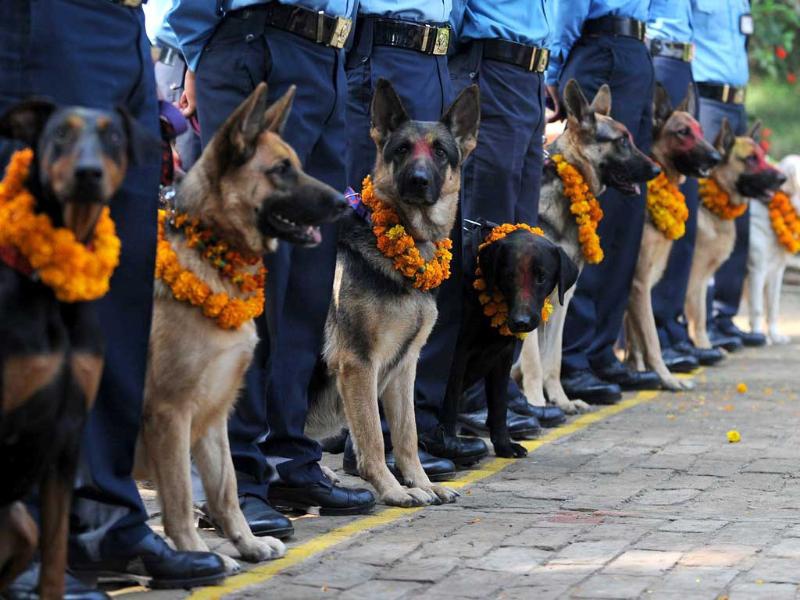
Deepawali Festival is another name for the Tihar Festival. After Dashain, Tihar is the second-largest and most well-known celebration in Nepal. The five-day Tihar festival includes the brothers and sisters festival as well as the dog festival, crow festival, cow and ox festival, and festival of the crows.
The celebration of Tihar is also referred to as “the festival of lights” since each home is exquisitely decorated with lights and lamps throughout the course of five days, with the last day reserved for the tika-placing by brothers and sisters. Tihar is yet another major festival in Nepal.
As a result, on the last day of the brothers and sisters celebration, sisters place a tika over their brother’s forehead and vice versa, and they wish one another a long, healthy life as well as prosperity.
In exchange, brothers agree to support a sister in her hour of need, uphold their love, and come to the Tihar Festival every year to receive blessings regardless of where they are.
Gifts are also exchanged, and the sister prepares and serves the family members delectable traditional Nepali food.
Holi Festival
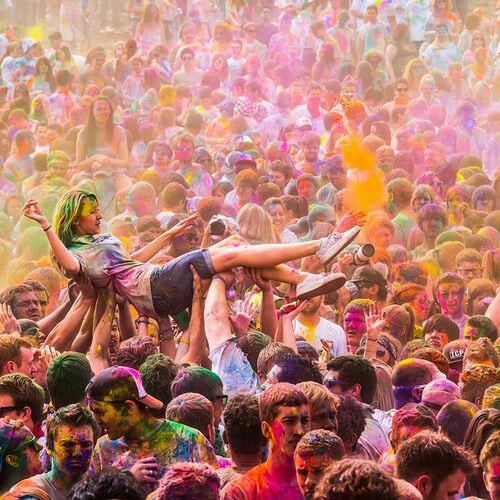
Another significant holiday in Nepal is Holi, also referred to as the festival of colors. While Holi is observed on one day across the country. In Nepal, it is observed separately on alternate days in the Hilly and Terai regions. It is an outdoor festival because people congregate all over, visit friends and family, and paint each other with various colors.
Even the toughest enemies are said to become buddies starting on the day of the Holi celebration. Because this festival is also celebrated to exchange love. Furthermore, many Nepali youth enjoy celebrating this major festival of Nepal.
In addition to this, the Holi festival commemorates the triumph of good over evil. This celebration is based on a legend from the revered Hindu classic Vishnu Purana.
Buddha Jayanti
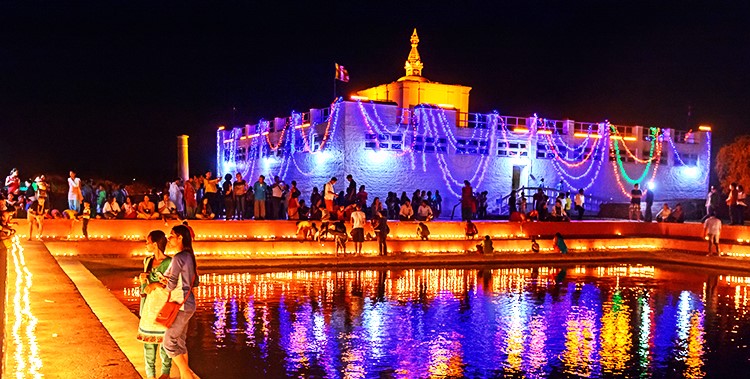
One of the most widely observed holidays, Buddha Jayanti or Buddha Purnima, commemorates the birth of Lord Buddha, the founder of Buddhism and the “messenger of peace,” as well as the day he reached enlightenment and Nirvana (death). For devotees of Buddhism, today is Buddha Jayanti, an important holiday.
Although the majority of Nepalis practice Hinduism, Buddha is also considered one of Lord Vishnu’s eighth incarnations. Buddha Jayanti is a national holiday in Nepal. Moreover, many Buddhists celebrate this major festival in Nepal.
People visit monasteries, gumba, and Buddhist shrines to offer their regard and be thankful to Lord Buddha, for the principle he propounded. Historical sites in Nepal like Lumbini (the birthplace of Lord Buddha), Swayambhunath, Boudhanath, Patan areas, etc. remain busy with devotees.
Apart from these devotees also visit monasteries and shrines and offer gifts to monks and needy people.
Indra Jatra
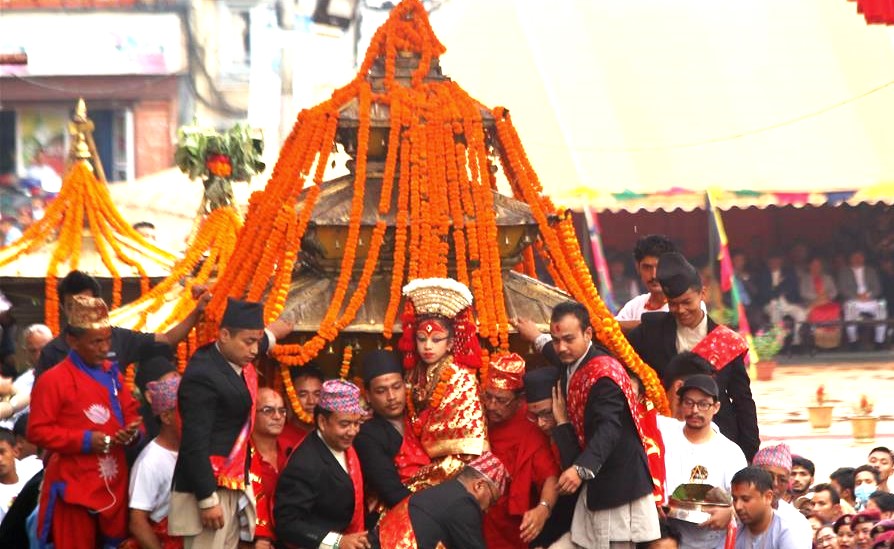
Indra Jatra is a well-known celebration in the Kathmandu Valley, primarily celebrated by the Newari Community but now celebrated all throughout the country with the valley serving as its epicenter.
This Jatra, also known as Basantapur or Kathmandu Durbar Square, is an eight-day festival that begins with the erection of a wooden pole from a pine tree in the city’s center. However, the first day is one that is fully observed. Moreover, this major
During the occasion, hundreds of worshippers and residents congregate in the Basantapur region, along with senior government figures like the head of state. Devotees crowd out to receive her blessing as the chariot of living goddesses KUMARI is paraded along the main street. This is also the opportunity for onlookers to have a close-up view of the Kumari and take pictures of her.
Ram Navami
Another one-day Hindu holiday, Ram Navami, is mostly observed by Hindu communities in Nepal, India, and other countries. Ram Navami commemorates the day that Lord Ram, the seventh manifestation of Lord Vishnu, was born to King Dasharatha and Queen Kaushalya in the Indian city of Ayodhya during the Solar Dynasty.
Ram Navami is observed with tremendous excitement and adoration in honor of Lord Ram, who is revered as “Maryada Purushottam,” a representation of the “Perfect Man,” for his devotion to his family, country, brothers, and bride Sita. Moreover, many Hindus celebrate this major festival in Nepal.
On this day, devotees go to the Lord Ram temple to seek his favor. They also clean their homes and decorate their Lord Ram, Sita, and Laxman idols with lovely colors and flowers.
Teej Festival
Ram Navami is observed with tremendous excitement and adoration in honor of Lord Ram, who is revered as “Maryada Purushottam,” a representation of the “Perfect Man,” for his devotion to his family, country, brothers, and bride Sita.
On this day, devotees go to the Lord Ram temple to seek his favor. They also clean their homes and decorate their Lord Ram, Sita, and Laxman idols with lovely colors and flowers.
In addition, they observe a three-day fast, go to the temple of Lord Shiva, and undertake ritual ceremonies for the long life of their husbands, children, and other family members as well as for single women.
The purpose of Teej is to seek Lord Shiva’s blessing for a happy future marriage and good family relationships. Married women dress in red sarees, whereas unmarried girls dress in various styles.
Janai Purnima
Another one-day holiday, Rakshya Bandhan of Rakhi festival, is called Janai Purnima in Nepal. People attend temples early in the morning on this unique occasion, wrapping a holy thread around their wrists, and visiting their sisters to present them with colorful Rakhi. Similarly, this is also one of the major festivals of Nepal.
Brothers swear to protect their sisters in all circumstances, and sisters bestow good fortune, wealth, and long lives on their brothers. They also trade gifts.
Gai Jatra
Another well-liked event in the Kathmandu Valley is the Gai Jatra, which was once famous just among the Newari people but is now well-known among other groups. Around the year 170 AD, King Pratap Malla established the Gai Jatra event to help his Queen recover from the loss of their son.
People from every house enter the street in disguise to demonstrate their love and respect for the departed soul during this Gai Jatra festival, which is today observed in memory of their loved one.
Bisket Jatra
An annual event called Bisket Jatra lasts for a week in Dhapasi, Thimi, Bhaktapur, Tokha, and other locations in Nepal. On April 14th, it is celebrated and lasts for nine days. Its main draw is powering newly constructed chariots.
The two chariots in Jatra stand for the angry god Bhairav and the goddess Bhadrakali. However, due to variations in astronomical positions and the lunar calendar, the time fluctuates.
The “Festival after the Death of the Serpent” is another name for Bisket Jatra. In an effort to avoid future difficulties and disasters, the people present food and pray. Thimi also has a “tongue piercing festival” where people pierce their tongues for religious reasons.
Maghe Sankranti
Around mid-January or the first day of Magh, is when Maghe Sankranti occurs. Hindus assemble with their families to share meals and take ceremonial baths in the sacred river. The cuisine is unique on this auspicious day. Sweet potato, sesame seed laddus, ghee, yam, and molasses are all on the menu of Nepalese cuisine.
The first day of Magh is also known as Maghi, or their New Year, by the Tharu population in the Terai region. They participate in community get-togethers with family and friends, wear traditional Tharu attire, and enjoy themselves over the entire week. If you are in the Terai area, you must never miss Maghi.
Lhosar
In some villages in Nepal, Lhosar is the time to celebrate the new year. Unlike other festivals, Lhosar is observed at various periods by the Gurung, Tamang, and Sherpa cultural communities. The celebration is primarily observed by the Tamu (Gurung), Tamang, and Sherpa groups of Lhosar. Similarly, many gurung community people celebrate this Major Festival in Nepal.
“Sar” means “new” and “Lho” means “year”. The term “Lhosar” denotes the start of a new year or an era. People come to sing, dance, and enjoy great feasts while wishing each other well and donning their traditional attire.
The Mud Festival in Nepal:
The Nepalese celebrate this incredible mud celebration on Ashad 15. Mud Festival falls during the monsoon and marks the beginning of the rice-planting season. “Is playing in the dirt okay?” If you’re wondering, I’ll tell you that playing in the mud is beneficial.
This fosters creativity, improves fine motor skills, sharpens the senses, and develops leadership and direction-following abilities. Additionally, it will encourage interaction with nature, compromise, cooperation, and sharing.
The country of agriculture is Nepal. Despite this, there are still many areas of Nepal without rice-planting contemporary technology. While singing and dancing to “Ropai songs” and eating Dahi-Chiura (curd and beaten rice), local alcoholic beverages (as preferred), fruits, pickles, and other foods, the men plow fields while the ladies plant the rice seedlings.
The joy of field plowing produces the splashing of mud. A genuine Nepali festival is created by the singing of regional music, which imbues the atmosphere with magic. You can take part in this incredible festival in Nepal. If you are traveling there in late July when the monsoon season begins.
FAQs for Major Festivals in Nepal
What is the major festival of Nepal?
Ans: For Nepalis, Dashain is the most important holiday. They all celebrate Dashain equally, regardless of caste or religion. Buddhists respect it as well. Throughout the months of October, it is observed for 11 straight days.
How many festivals are mostly celebrated in Nepal?
Nepal is known as the “Land of Festivals,” with celebrations taking place in at least one region practically every day of the year. Every year, Nepal celebrates more than 50 festivals. While national holidays in Nepal have specific dates, religious holidays are determined by astrologers using the lunar calendar.
What are the Hindu festivals in Nepal?
Dashain, Tihar, Chhath, Bala Chaturdashi, Teej, Maha Shivaratri, Krishna Janmashtami, Buddha Jayanti, Losar, and Makar Sankranti are a few of the main celebrations in Nepal.
What is the five-day festival in Nepal?
The five-day festival of lights called Tihar commemorates Laxmi, -“the Goddess of Wealth”, while Yama, “the God of Death”, is also honored throughout the celebrations.
The Yama informant is worshiped on the first day of Kaag Tihar, which is also known as the “day of the crow.”
What is the religious festival in Nepal?
One of the most revered religious holidays in Nepal is Mahashivaratri. At Nepal’s renowned Pashupatinath Temple and other Shiva temples across the nation, Mahashivaratri is observed. For the event, thousands of pilgrims visit Pashupatinath. During the occasion, worship is offered to the god Shiva.
Recent Posts
